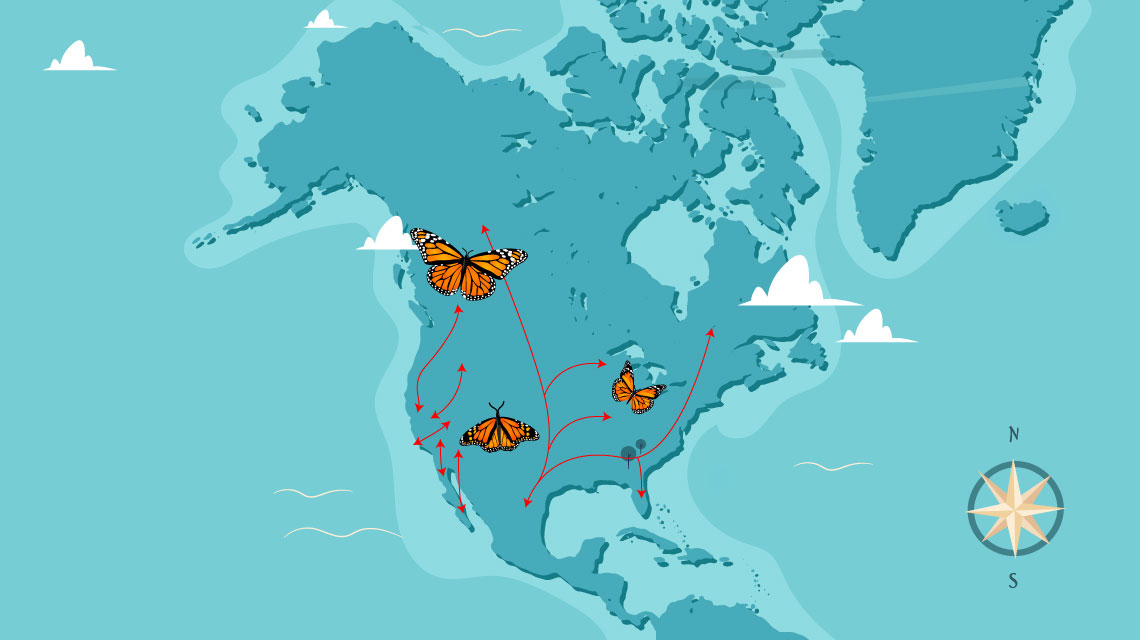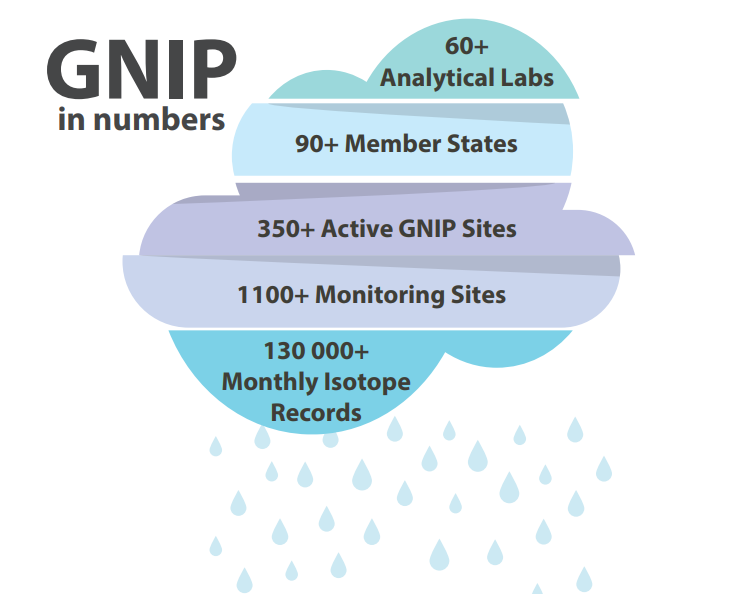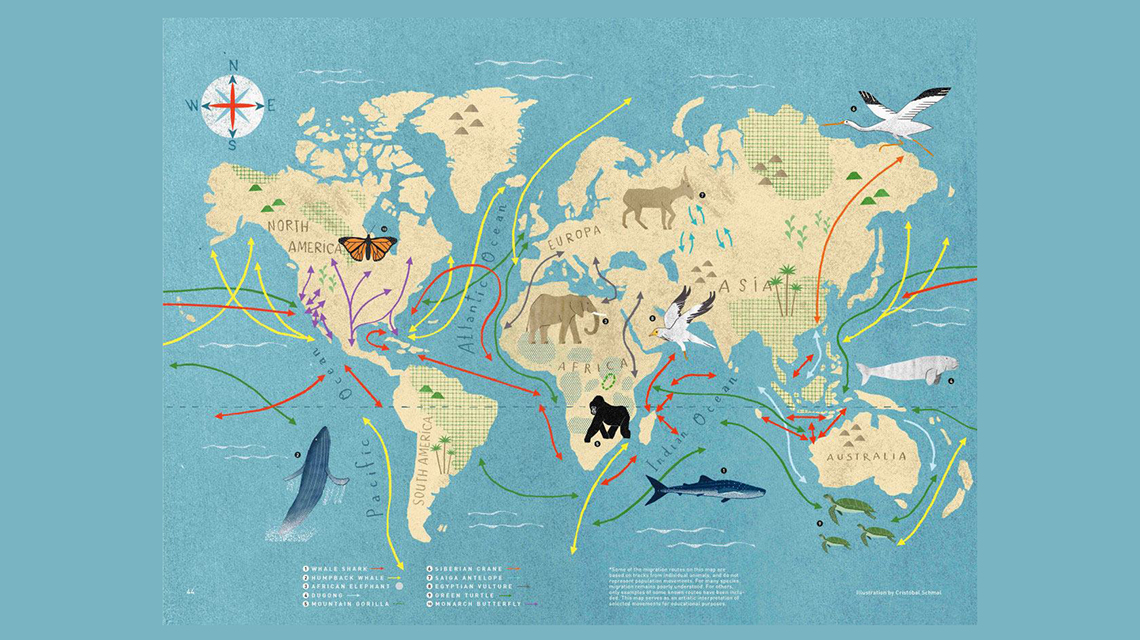Migratory animals, their long-distance movements and life cycles have eluded scientists for centuries, particularly for hard-to-track and tiny species like the iconic monarch butterfly. But thanks to the help of isotopic techniques, experts worldwide can better understand the flows and patterns of animal migration where traditional techniques have shown their limits.
“Isotopic techniques offer an incomparable advantage over the traditional tracking methods, as they are non-invasive and do not necessitate the recapture of the same animals,” said Leonard Wassenaar, Head of the IAEA’s Isotope Hydrology Laboratory.
For over a century, conventional mark-and-recapture approaches used to track animal movement have relied on external markers, such as tags and radio and satellite tracking, which are inappropriate for small and short-lived animals. Then, in 1996, research by Leonard Wassenaar and Keith Hobson, who at the time were isotope scientists for Environment Canada, demonstrated that isotopic techniques can be used to determine the origin of individual animals.




